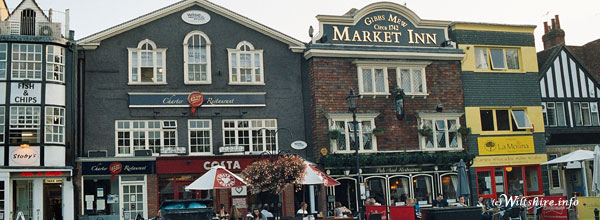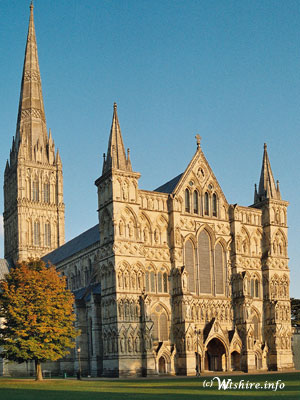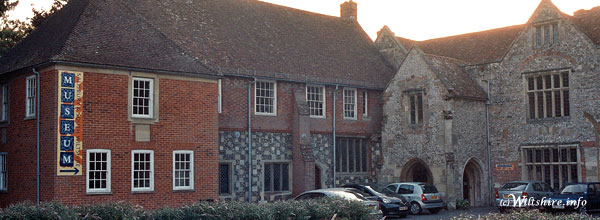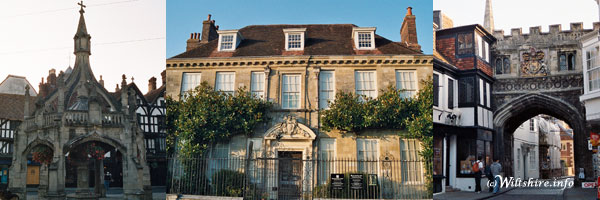Salisbury
|
There are a number of theories about why Old Sarum was abandoned in favour of a new site, one of which is that the church and military disagreed about their proximity to each other and so it was decide to move the Cathedral and that eventually led but to a movement between the two and Old eventually Sarum was completely abandoned. All that remains of Old Sarum are a few stone ruins and the castle ditch. The Salisbury skyline is dominated by the current Cathedral which was first built between 1220 to 1258. It has one of the largest cloisters and largest cathedral close in England. Among its historic documents are one of the copies of the Magna Carta, the document that the King was forced to sign giving people rights. It also has one of the oldest clocks in the world dating from 1386 which has no face. Over the centuries, there was considerable work on the cathedral with James Wyatt making some major changes around 1790. Next to the Cathedral are some other notable buildings including what is now the Salisbury and South Wiltshire Museum. This building is known as the King's House and dates back to the 13th century. Among its exhibits are an interractive Stonehenge display as well as the Amesbury Archer, the body of a Bronze Age man who was found with a large number of arrow heads.
Salisbury has had a market since 1227 and actually has them twice a week on Tuesdays and Saturdays. At one time there were a number of crosses marking where certain market trades could take place, but the only one remaining ids the Poultry Cross as pictured below left. Among its notable events and festivals, Salisbury holds an annual St George's parade. There are also some famous paintings by John Constable of the cathedral. Salisbury Hotels
|
|
Hotels / Bed and Breakfasts in the area
|


 Salisbury is the only city in Wiltshire and is the second largest settlement after Swindon. It was once known as New Sarum as the orginal settlement in the area was Sarum 2 miles north, now referred to as Old Sarum. Old Sarum was originally an iron age fort which later became a city with a cathedral during the Saxon times with the addition of a castle in the Norman times.
Salisbury is the only city in Wiltshire and is the second largest settlement after Swindon. It was once known as New Sarum as the orginal settlement in the area was Sarum 2 miles north, now referred to as Old Sarum. Old Sarum was originally an iron age fort which later became a city with a cathedral during the Saxon times with the addition of a castle in the Norman times.





